Gaming's Biggest Missed Opportunities Of 2018
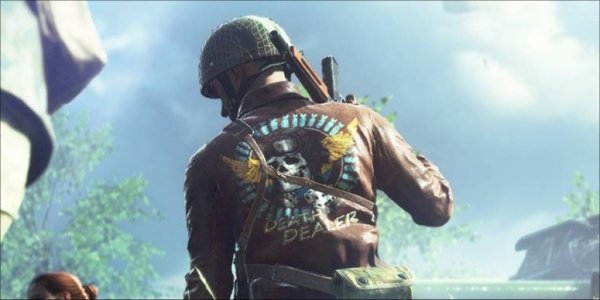
Sometimes games have really awesome concepts with a neat little hook or story concept. It's enough to lure in gamers and get them interested. However, some games fail to deliver on what they seem to promise or come up short on the kind of content that gamers were expecting from the outing.
Sometimes you see what the developers were trying to accomplish, and it's just frustrating that they didn't quite stick the landing. Other times, you see the promise of something seemingly completely squandered. Here are gaming's biggest missed opportunities of 2018.
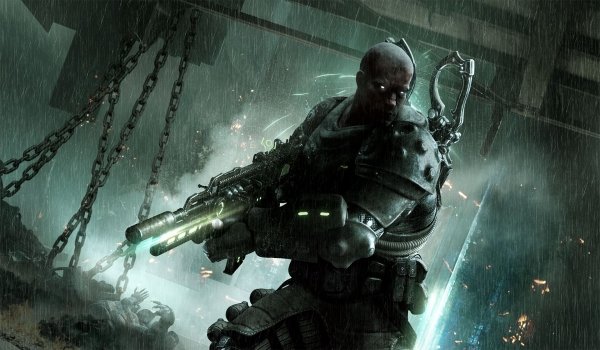
Immortal Unchained
Imagine a futuristic game set in an alternate dimension where you gain access to melee weapons and awesome high-tech military guns where you face off against monsters and other-worldly beasts. Sounds pretty intense, eh? Well, that's the general premise for Immortal Unchained, another one of those Soulsborne games that tries to focus on hard-as-nails gameplay and a grimy environment where the story unfolds based on exploration and player-driven investigation. The only problem is that Immortal Unchained didn't quite manage to fulfill it's entire potential.
The biggest drawback was that the environments became more of a chore to traverse than a joy to explore, and worse yet, the enemy AI didn't quite stack up to the sci-fi Gothic aesthetic that the game was rocking. There were also complaints about some of the weapons feeling the same after a while. It's a real shame because, with a bit more polish on the enemy behavior, better implementation of the checkpoints within the environmental, and slightly more refined gunplay mechanics, and Immortal Unchained could have easily become a sleeper hit for the ages.
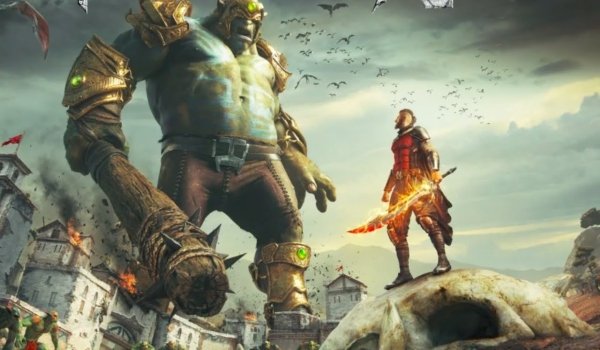
Extinction
This is another one of those games where the scope and potential didn't quite match up with the actual gameplay and execution. Extinction is a third-person hack-and-slash title from Maximum Games and Iron Galaxy. It sports sandbox-style gameplay where players take on the role of a lone legend warrior intent on saving the last bastion of humanity from an onslaught of giant, destructive ogres. Imagine a Western take on the popular Attack on Titan.
The setup was sound, the gameplay hook seemed neat enough, insofar that players would have to hack away at the ogre's armor using different kinds of attacks to eventually build up enough energy to slice off the head of the giant beasts. The problem is that the gameplay loop became repetitive extremely quickly, the ogres didn't prove to be very challenging, and despite their size being quite impressive, there didn't feel like a whole lot was at stake as they crushed and demolished everything in their wake. Higher stakes, better AI, and a few more gameplay loops could have saved Extinction from the middling-to-low scores.
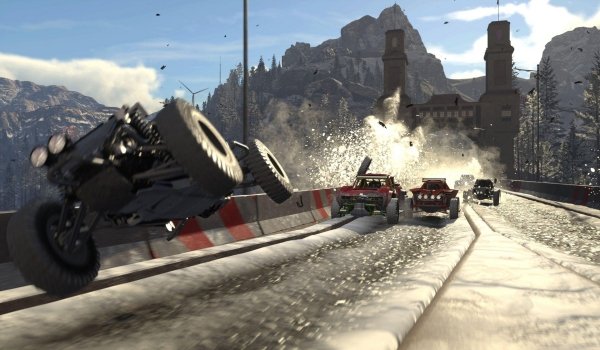
Onrush
Here's a game that kind of came out of nowhere. It's the spiritual successor to the now defunct Evolution Studios' MotorStorm franchise that first appeared on the PlayStation 3. The hook for this game is that you don't race for laps, you race to destroy the opposing team on the track, or to knock them out via checkpoint elimination. This means you have to utilize tag-team moves with your teammates, and crush, jump, shunt, and bump your way to victory. The concept is totally radical for a racing game, but it kind of comes up short in a few key areas.
Your Daily Blend of Entertainment News
One of the biggest complaints for the game was that it did not have a traditional lap-based racing mode to rely on, which meant that gamers always had to stay within the racing carnage in order to enjoy the game. For players that failed to stay in the mix were fresh out of luck, and found themselves stuck in the back of the pack and eventually out of the race. It also had a rather lackluster single-player component and was similar to Gran Turismo Sport in many ways, which didn't win over a whole lot of gamers. This obviously wasn't enough to keep the attention of a substantial audience, making it another one of those games that had a slick concept but didn't quite deliver on all of its potential.
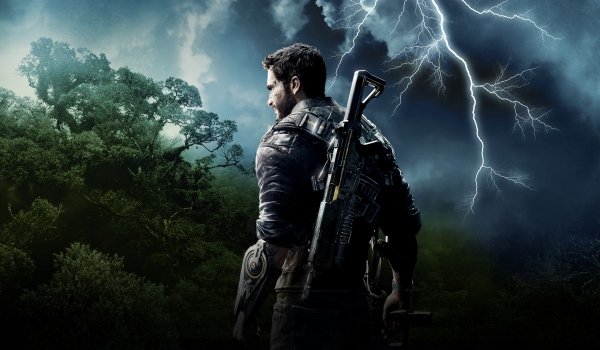
Just Cause 4
I didn't think it was possible but Avalanche Studios managed to make the Just Cause series both better and worse with each outing. The series has one of the most uneven standards of quality in all of gaming. The latest outing for the game makes some awesome improvements, such as dynamic weather storms, improved vehicle handling, all new physics-based gadgets, and tons of ways to cause explosions. Sounds like an awesome experience, right?
Well, much like Just Cause 3, Just Cause 4 launched a with a ton of issues out of the gate, something one would have expected Avalanche Studios to have addressed after suffering the same fate with Just Cause 3. A good first impression can only be made once, and Avalanche missed the boat on that one. The structure of the missions also changed, focusing less on destruction and more on other mission parameters, and the story is less airy than the previous three games, making it yet another grim-dark action game. It's not entirely beyond redemption, but there's a lot of missed potential with this one.
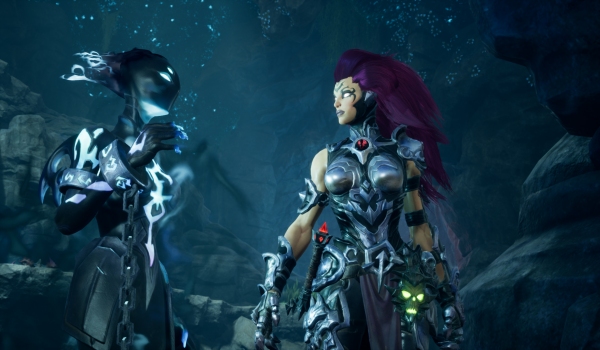
Darksiders III
I liked the Darksiders franchise. It's a stark departure from every other third-person game out there due to its mixture of other-worldly fantasy with a completely comic-book inspired take on Armageddon. The first two games had similar themes but were starkly different in how they were executed, and the third game attempts to deliver its own take on the franchise, but seems to come up short of what it could have been. The game moves at a rapid clip, and there's no downtime or slog-fests, which is a definite upgrade over Darksiders II. There's also fewer annoying puzzles and more platforming.
However, the game feels somewhat half designed. The gameplay loops are kind of simple, and they don't really scale in the same epic fashion as the original Darksiders. And despite getting rid of the annoying looting from the second game, there isn't much else in the way of actual gameplay depth to replace it. And while Fury's whip is pretty cool and she has some interesting abilities, she doesn't get to ride a horse, which diminishes some of the fun-factors and gameplay variance in Darksiders III, leaving the game feeling like it could have been far more ambitious than what it was.

Shadow of the Tomb Raider
Eidos Montreal decided to take a crack at Tomb Raider after Crystal Dynamics pumped out the previous two games. The third and final outing of Lara Croft's origin story fell kind of flat, though. While the graphics showed moderate improvements and hints at the traditional Lara reared its head near the end of the game, the biggest problem was that there were a lot of steps taken backward with Shadow of the Tomb Raider as well, including the areas being less expansive than Rise of the Tomb Raider, which felt like a truly large and massive open world.
While the gunplay was more limited in Shadow of the Tomb Raider, it wasn't really replaced with anything exciting, and the climbing was still only par for the course with the rest of the series. The underwater segments had potential but were implemented in a disjointed way that hobbled the overall gameplay pace, and that's not to mention the underwhelming story that seemed anti-climatic for Lara's ascension into legend-hood. There was a lot of potential there, it just didn't seem to get utilized in the right way.

Battlefield V
It was obvious that this game would be here, right? Why wouldn't it? It's DICE's most ambitious Battlefield yet and yet at the same time it's the studio's biggest failing in terms of community feedback and reactions. Running on the latest iteration of the Frostbite, the game sports the most advanced graphics that DICE has produced to date, with all new features, such as the Battle Royale mode and a completely new set of War Stories.
The problem is that Battlefield V launched with a lot of balancing issues, and when DICE tried to balance the game for new players they just made it worse. Then there was the whole player-customization that made it difficult for players to tell who was an enemy and who was a teammate. And finally, there was the War Stories. DICE had an opportunity to tell actual stories based on real events, but opted for fictional stories based on real events, which didn't sit well with a lot of war veterans nor core gamers, and the game's sales seem to have suffered for it. The crazy part about it is that the real events that the War Stories were based on were actually more intense, and even more over-the-top than the fictional stories DICE included in the game. It was a huge missed opportunity to not only give gamers some awesome gameplay, but also cover some of the more obscure stories from World War II in the process.
Staff Writer at CinemaBlend.

